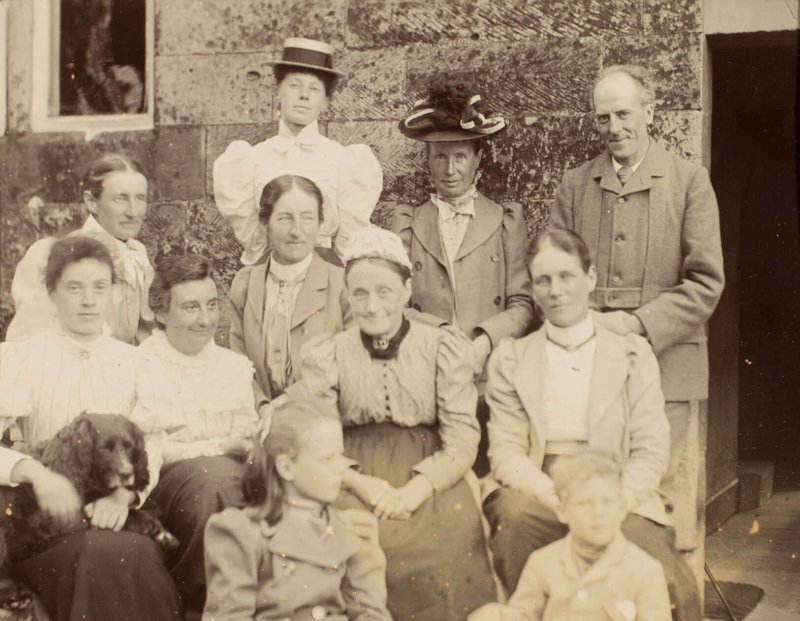On the morning of June 10, 1898, Alice Lee marched into the all-male Anatomical Society meeting at Trinity College in Dublin and pulled out a measuring instrument. She then began to take stock of all 35 of the consenting society members’ heads. Lee ranked their skulls from largest to smallest to find that—lo and behold—some of the most well-regarded intellects in their field turned out to possess rather small, unremarkable skulls.
This posed a problem, since these anatomists believed that cranial capacity determined intelligence. There were two possibilities: Either these men weren’t as smart as they thought they were, or the size of their skulls had nothing to do with their intelligence.
…
Though only a doctoral student when she launched into her study of male and female intellectual difference, Lee’s study proved the most sophisticated criticism of cranium science to date, according to historian Cynthia Eagle Russet. Within a decade of publishing her findings in 1900, the field of craniology—and with it, the days of measuring skulls to interpret supposed biological human difference—would be no more. Ironically, Lee used craniologists’ own tools to cast doubt on the techniques they employed to argue their superiority to women, as well as to other races. In doing so, she waded into one of the most hotly debated social issues of her day: woman’s place in society.
Read full, original post: The Statistician Who Debunked Sexist Myths About Skull Size and Intelligence































